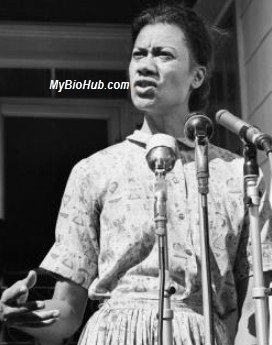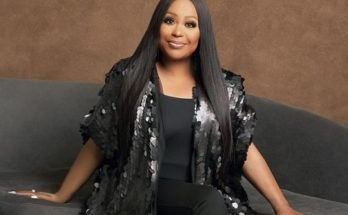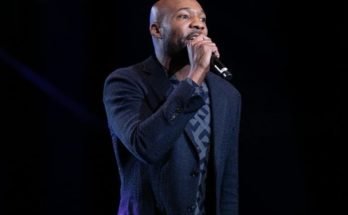Gloria Richardson Dandridge was born as Gloria St. Clair Hayes, 6 May, 1922 into the affluent St. Clair family. He is best known as the leader of the Cambridge movement, a civil rights struggle in Cambridge, Maryland in the early 1960s. She was recognized as a major figure in the Civil Rights Movement at the time and was honored on the stage at the March on Washington for Jobs and Freedom.
In 1961, a Freedom Ride came to Cambridge. The black city council member at that time attempted to discourage the campaign by insisting that the city was already desegregated. In contrast, Richardson and her college-age daughter Donna both responded to outreach by the Student Nonviolent Coordinating Committee (SNCC). At first, Gloria rarely participated in civil disobedience, because she could not accept the original SNCC nonviolence regulations. Nonetheless, in 1962, she was asked and helped organize the Cambridge Nonviolent Action Committee, the first adult-led affiliate of SNCC, and became its official spokesperson.
The Cambridge Movement began with black Cambridge residents sitting in at segregated movie theaters, bowling alleys and restaurants, but after a survey the movement evolved into a struggle for the economic rights of Cambridge citizens, many of whom were burdened with low wages and unemployment. The Cambridge Movement’s focused on economic equality and its use of armed self-defense tactics have been cited as signaling the beginning of the Black Power phase of the civil rights movement.
Gloria recalled that she had been a rebellious individual since childhood, but also situated herself as part of a community of militant African-American women: “I think I turned out like a lot of women in Cambridge…They did their cooking and ironing, but I don’t remember them walking two steps behind anybody, and I think the men knew that. Later most of the members of our civil rights group were women…When we were attacked at demonstrations, they were the ones throwing stones back at the whites.
Richardson later left Cambridge and married Frank Dandridge, a photographer she had become acquainted with during the demonstrations, and settled in New York City. She largely retired from public life, but continued to work with Harlem Youth Opportunities Unlimited, Associated Community Teams, and the New York City Department for the Aging.



